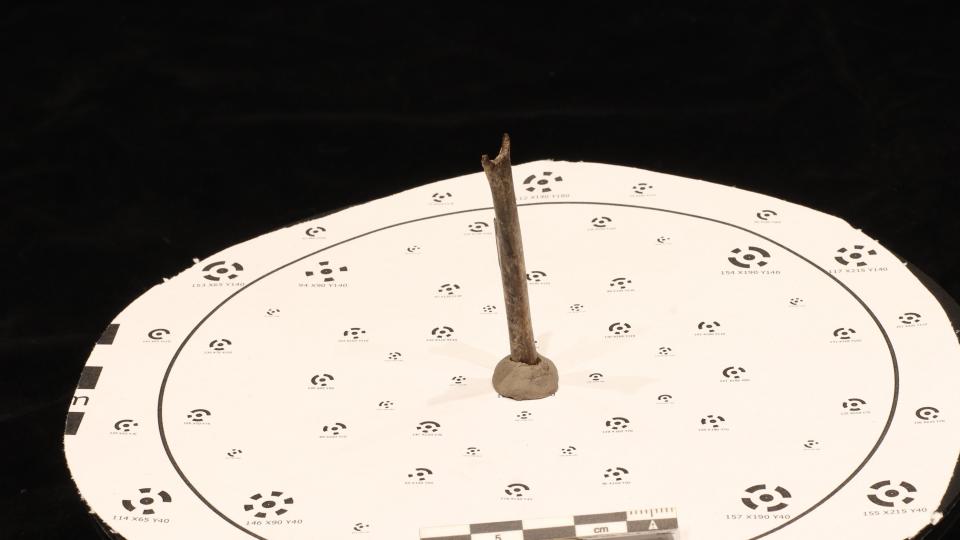'Britain's earliest rabbit' found in Roman palace reveals ancient animal's history

Just in time for Easter, Britain’s earliest rabbit has been found at a Roman palace - revealing the animal was in the country a 1,000 years earlier than previously thought.
Rabbits are native to Spain and France and it had been thought they were introduced to Britain in medieval times, but radiocarbon dating of the bone pushed that timing back by more than a millennium.
The remains were unearthed at Fishbourne Roman Palace in West Sussex and is believed to have been alive during 1AD.

The 1.6in (4cm) segment of a tibia bone was found during excavations in 1964 but it was put in storage and forgotten about until 2017 when Historic England zooarchaeologist Dr Fay Worley realised the bone was from a rabbit, and genetic analyses have proved she was right.
Dr Worley said: “I was excited to find a rabbit bone from a Roman deposit, and thrilled when the radiocarbon date confirmed that it isn’t from a modern rabbit that had burrowed in.
“This find will change how we interpret Roman remains and highlights that new information awaits discovery in museum collections.”
The inhabitants at Fishbourne Palace were known to be wealthy and kept a varied menagerie so the rabbit could have been an exotic pet, the bone does not bear any butchery marks and another analysis suggests it was kept in confinement.

Further research is continuing to determine where the animal came from and whether it is related to present-day rabbits.
Professor Naomi Sykes, from the University of Exeter, said: “This is a tremendously exciting discovery and this very early rabbit is already revealing new insights into the history of the Easter traditions we are all enjoying this week.
“The bone fragment was very small, meaning it was overlooked for decades, and modern research techniques mean we can learn about its date and genetic background as well.
“We are looking forward to telling people about our ongoing research this week. There’s a lot we don’t know about the origins of Easter, and we’re learning more every day.”

Academics from the Universities of Exeter, Oxford, and Leicester carried out the analyses.
Easter is the most important event in the Christian calendar, yet very little is known about when it first appeared in Britain, it isn’t clear how, when or why the rabbit became linked to the festival.
The research team is using evidence from anthropology, archaeology, history, evolutionary biology, law, historical linguistics, natural history, and religious studies to try to work out where and when modern Easter traditions first began and when they arrived in Britain.
The first historical mention of an “Easter Bunny” is, in fact, an Easter hare, and is found in a German text from 1682.

 Yahoo News
Yahoo News 